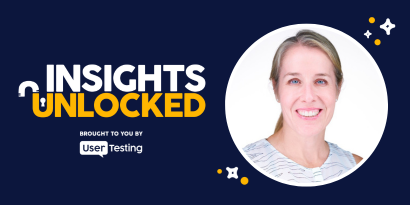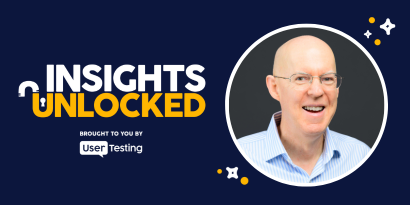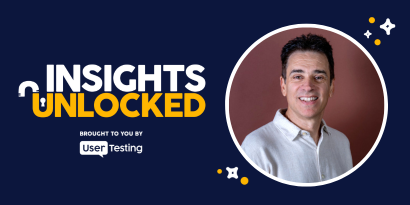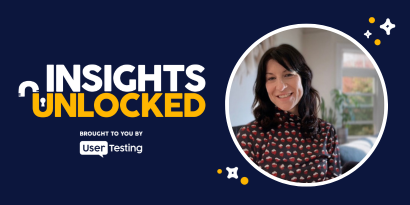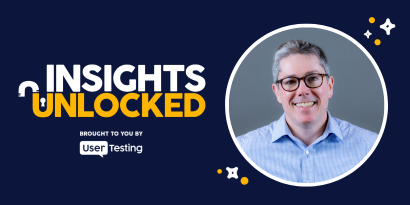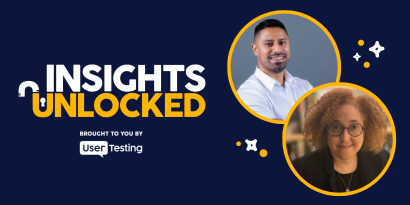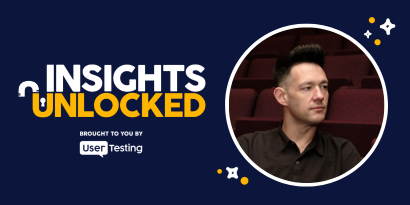
Episode 107 | March 04, 2024
How to build products customers actually love with continuous discovery
In this Insights Unlocked episode, Teresa Torres talks about the importance of getting customer input earlier in the product development lifecycle to better dial in product market fit and reduce wasted costs.
How to build products customers actually love with continuous discovery
The most expensive aspect of building products is rework.
Some estimates peg the cost of rework at $2 trillion annually.
But Teresa Torres — author of Continuous Discovery Habits, which has now sold more than 100,000 copies — says we can avoid those expensive mulligans by adopting a continuous discovery mindset and moving, or “shifting left,” that learning earlier in the product development lifecycle to build products customers will love.
Teresa has coached hundreds of teams at companies of all sizes, from early-stage startups to global enterprises, in a variety of industries. She has taught more than 11,000 product people discovery skills through the Product Talk Academy and her coaching practice.
Avoid the high cost of rework by shifting left
“The key with discovery is how do we have that rework happen when it's really inexpensive? How do we have rework when we're prototyping, when we're drawing designs on whiteboards and pencil sketches, when it's easy to change them before we've written all the code, before we've done all the production quality work,” she said in Episode 107 of Insights Unlocked.
“How do we have these mistakes and rework and iteration happen when it's basically cost free?” she said.
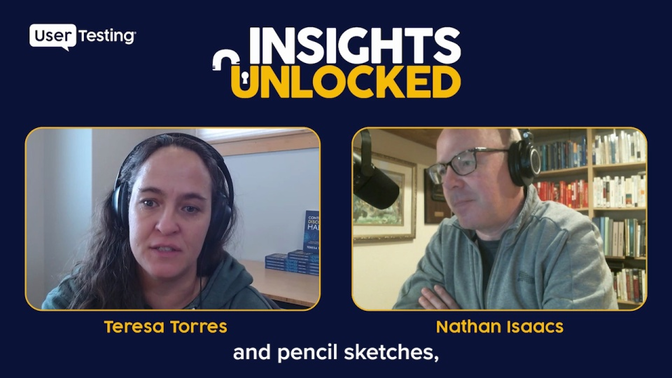
Traditionally, she said, product success was measured by initial sales. However, the internet provides visibility into how products are actually used after purchase. This reveals a large, pre-existing gap between customer expectations and reality.
“But if the customer doesn’t find that product useful after buying it, eventually we’re going to see that show up in our revenue numbers because they’re not going to be repeat buyers, they’re not going to renew if we’re talking about a subscription,” she said.
Even the best product teams have high failure rates because it's impossible to perfectly get in the minds of customers and match their needs, Teresa said. Continuous discovery aims to minimize not failure itself, but the cost of failure.
“The goal isn't to get rid of rework,” she said. “But to get rid of the high cost of rework.”
Balancing generative research (uncovering opportunities) with evaluative research (testing solutions)
One of the core principles of continuous discovery is regularly talking with your customers. But how do you process all that information, prioritize it and take action on it?
Teresa said it begins with understanding the two types of research — generative and evaluative.
- Generative research uncovers unmet needs, pain points, and customer desires. This helps generate ideas and knowledge about customers. It's the 'go out and explore' research
- Evaluative research helps determine if you're building the right thing. This includes evaluating prototypes, designs, etc.
“They actually work together,” she said. “Because, ideally, we're using generative research to uncover sort of a problem statement or a customer need or a pain point. And then we want to discover a solution and we're looking for a close match between those, almost like a lock and key. So they're moving together.”
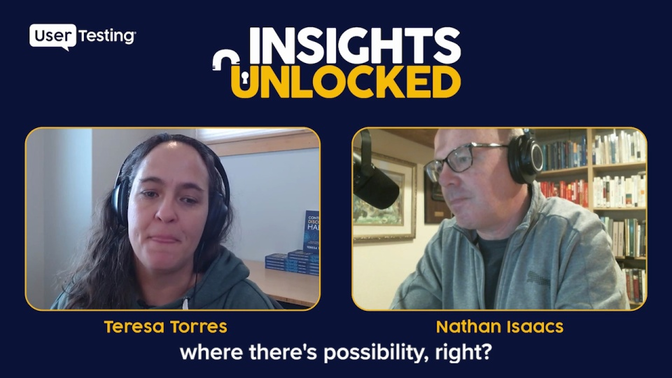
On the generative side, start with an outcome. What are you trying to achieve? (Sell more books, increased email marketing, etc.). Begin interviews broadly asking customers to describe the last time they encountered a problem your product solves. The goal is to explore and uncover opportunities – where are their needs not being met?
Afterward, shift to evaluative methods such as assumption testing: Break ideas down into their underlying assumptions to determine how closely your solution addresses user needs.
The role of generative AI in product discovery
Teresa, like many people, said she thinks generative AI is one of the most exciting technologies, similar to the early days of the world wide web in the mid-1990s.
“Generative AI is taking builder tools and making them available to people that don't have computer science backgrounds,” she said. “We are on the verge of a pretty big radical shift in the way that software is built.”
But, she said, “I don't think we're at the point where we can outsource our discovery to generative AI. And I am a little bit concerned about some of the generative AI companies that are, for example, simulating customers.”
“Here's the problem I have with this: Generative AI right now is a synthesis of human knowledge, right? It's a chat bot that has the world's knowledge at its hands and it's able to create from that. That is really cool,” she said. But “it's not a human. It's not operating in a human context and it's not using our products. So unless you're building a product that's going to be used by generative AI, which we will have, unless that's who you are today, you still need to be interviewing real humans.”
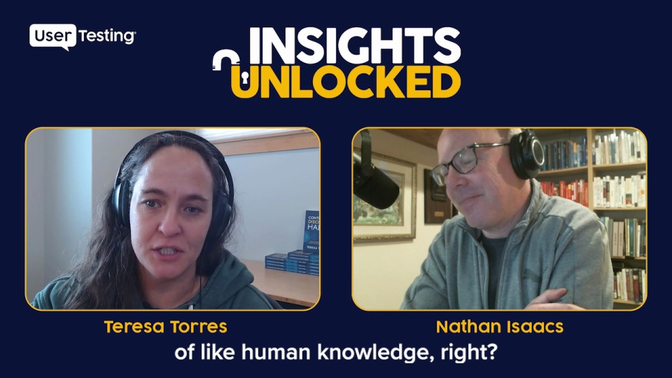
That said, she believes AI today can be used for sentiment analysis; have it analyze an archive of 100,000 support tickets and summarize where the biggest pain points are. She said to think of AI as another teammate that is complementing the work you’re doing.
“I think discovery is a team sport because we all frame things differently and that helps us pull more richness and more value out of our interviews,” Teresa said. “And if I’m on a team of one — which a lot of times, I am — I can use ChatGPT to simulate a teammate.”
While AI is not yet a replacement for human researchers and interviewers, she said their power and abilities are quickly evolving. Stay tuned.
Challenges today’s product leaders
In 2023, Teresa started a monthly meet up for senior product leaders (chief product officer, VP of product, chief design officer, CTO, etc.).
“Here's what's unique about this population and what really motivated me to offer this,” she said. “Most of our product leaders grew up in a world that was not continuous discovery driven. It was more traditional. We might have called it agile, but it probably looked more like a mini-waterfall. And they're trying to coach their teams into a new way of working that they may not have experienced themselves.

“This is a really tricky situation. You could be a chief product officer, you've read the books, you've watched the podcast, you've been to the conference talks, you've drank the Kool-Aid, you've bought into continuous discovery,” Teresa said. “But you yourself have never been on a continuous discovery team. So how in the world do you manage and coach your teams to work this way?”
One of the biggest challenges those leaders have discussed is getting teams the time and space to do discovery within their work and making it a habit. Another big topic is overseeing that work without micromanaging – ensuring teams progress toward outcomes within an empowered system.
If you’re a senior product leader (you manage multiple teams) and want to join the meet up, you can reach out to Teresa via her website, Product Talk.
Episode links:
Continuous Discovery Habits by Teresa Torres

